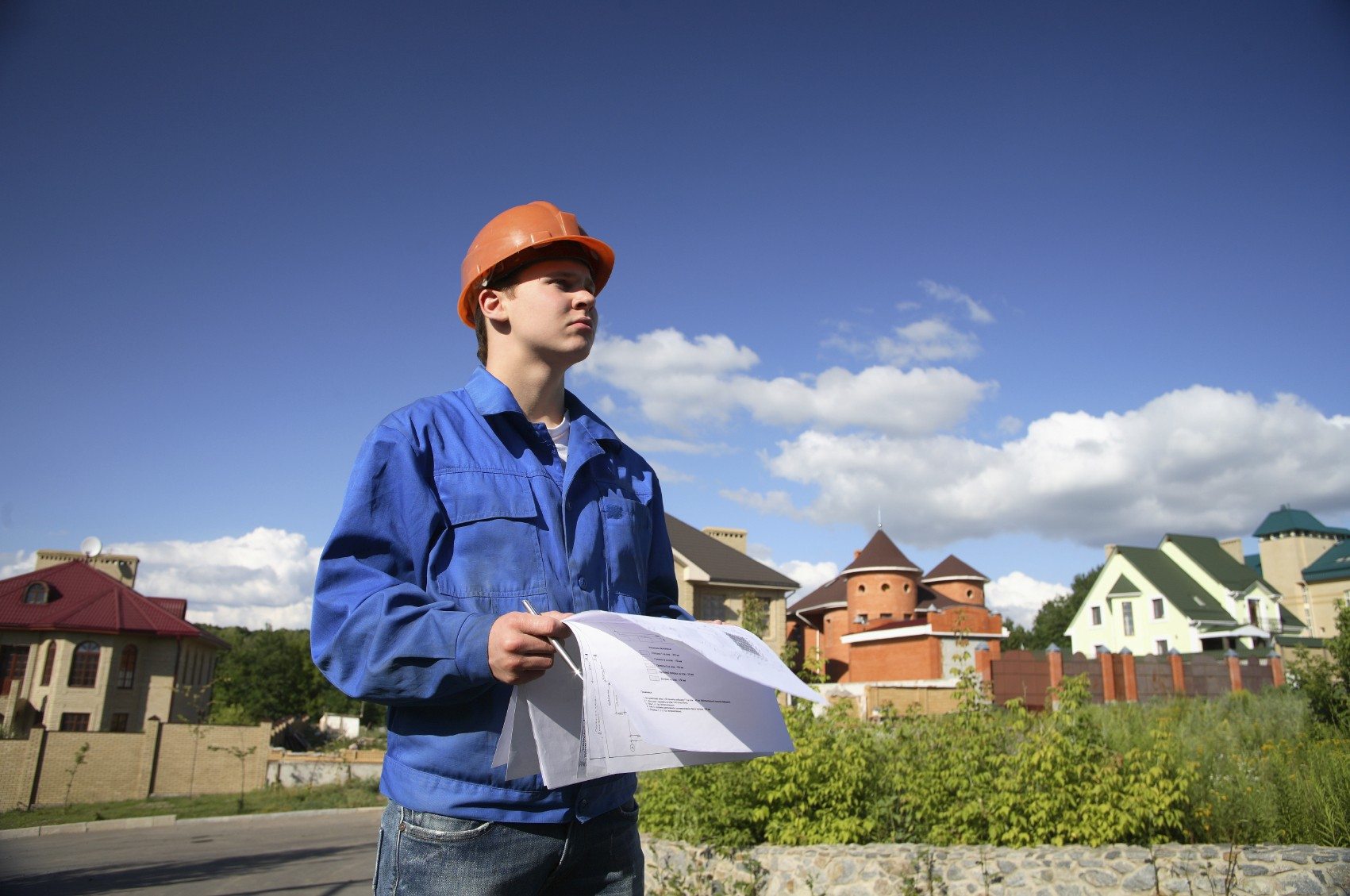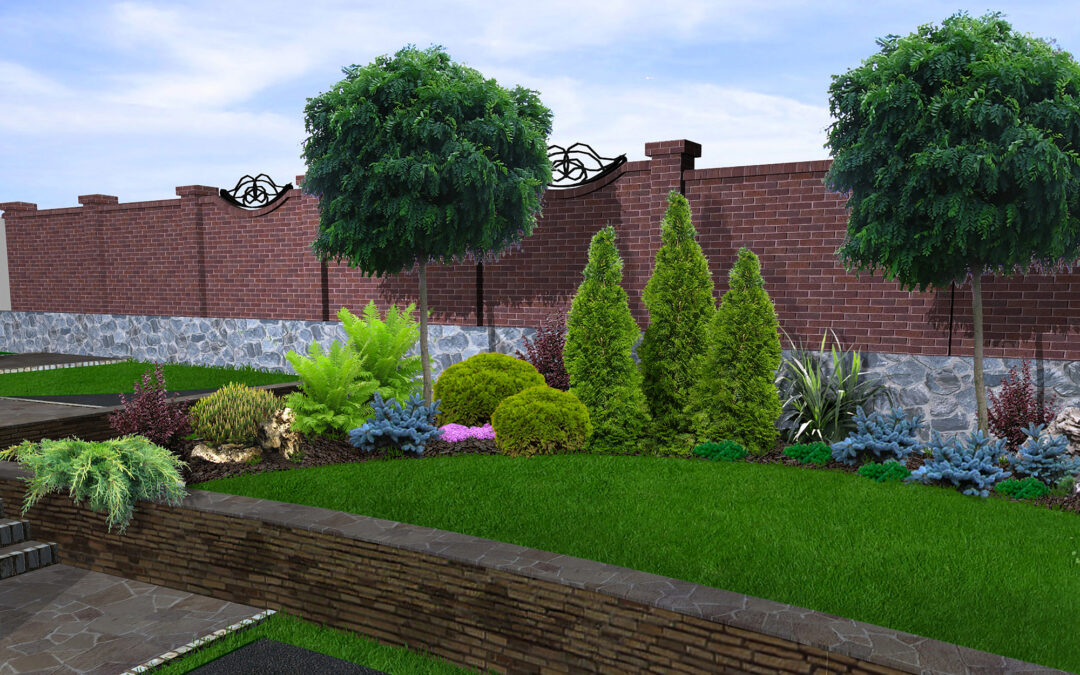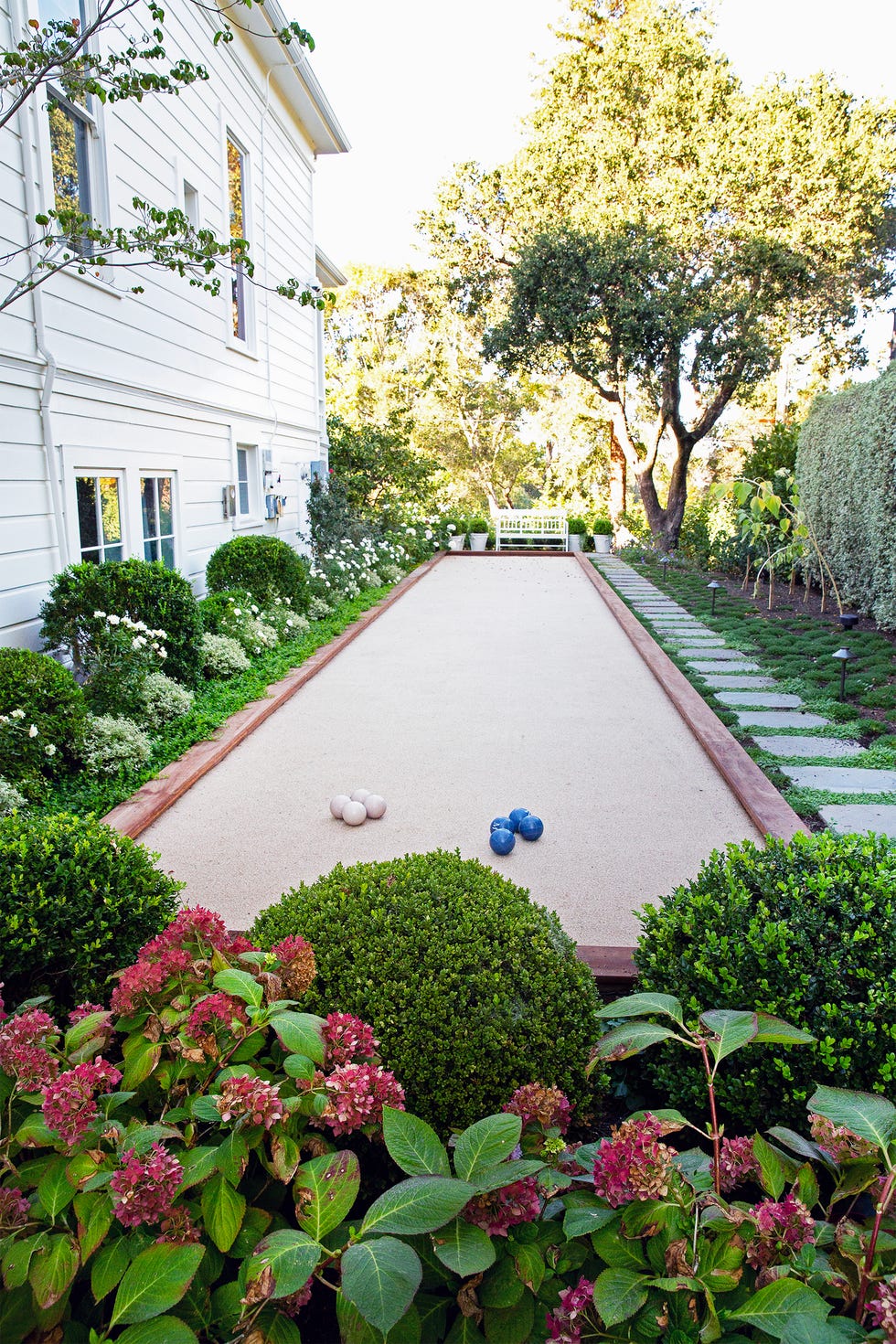See This Report about Landscapers
See This Report about Landscapers
Blog Article
About Landscapers
Table of Contents6 Simple Techniques For LandscapersThe Of Landscapers3 Easy Facts About Landscapers ShownThe Main Principles Of Landscapers Some Of Landscapers
- A tree or bush (hedge) that loses its fallen leaves in winter months. In the PNW there are semi-deciduous or semi-evergreen plants that might lose their leaves relying on how chilly the winter is. Abelia and some hebe are excellent instances. Landscapers. - A flat event space, made of timber or composite product (made to appear like wood), typically nearby or attached to a structure.

This is an all-natural procedure, and the result can be utilized for courses and patio areas. - Secret landscape attributes being suggested in a landscape layout strategy.
Landscapers - Truths
These objectives lead the layout process, not the designer's style or choices. Typical layout objectives in Portland are low maintenance, dry spell tolerant, and animal friendly. - Refine for eliminating or thinning the dead lower degree of a fully grown yard. Thatch is grass that has passed away and accumulated below the eco-friendly blades.
Over time this layer can get really thick and make it difficult for water, sunlight, and nutrients to obtain to portions of the turf.- The process of collecting and controlling the flow of water on a property. This can be finished with grading, French drains, dry wells, permeable surfaces, sump pump, rain gardens, and more.
- A sluggish feeding irrigation system that uses adaptable tubing and emitters to send out a precise amount of water to each plant. - The capacity of a plant to survive without much summer water.
- A yard function where water is represented by an aggregate rock product, typically a crushed rock or granite. These are most typically discovered in contemporary and Japanese garden layout.- A stone or natural flagstone outdoor patio, path, or pathway built without a concrete base. The base would be compressed gravel and the joints would certainly be an accumulation or walkable ground cover.
5 Easy Facts About Landscapers Explained
- A rock preserving or free standing wall built without the use of mortar. - An underground framework that collect water and allows it to reduce percolate right into the dirt around it.
Landscape style that is compatible with a websites' atmosphere in both appearance and sustainability without negative impacts to the environment. Bordering in the landscape is a line of separation that creates aesthetic interest in the yard by dividing one segment from an additional section.
Locations can additionally sense of "enclosure" given by trees, other growings, fencings, or screens. The landscape near the access to a structure. A tree, bush or vine, educated to grow on a wall surface or fence into a particular pattern. Especially useful for fruit trees, making it easy to collect the fruit and consisting of mess.
A plant that is not native to the location where it will be grown. Thicker bladed lawn grass that spread using rhizomes.: The level of soil on your building before bark dirt or compost is spread.
Not known Facts About Landscapers

The purpose, reason, or activity that a location is be landscaped for. Staircases operate, as an example, to enable foot traffic up and down a slope. Area for growing plants for viewing, eating, or exercise. A roofed building made use of over an exterior event room. The growing of a seed, probably describing a lawn that is being expanded from seed.
Rock item, either rounded or fractured, that is relatively small- generally 1" or less. Low plants that are permitted or encouraged to top an area. Can describe any type of "hard" yard elements consisting of statuary or stones but the majority of frequently is made find use of to describe paths, outdoor patios, and walls.: Height distinction between the level of water in a fish pond directory (or the level of the pump if it rests outside the pond) and the top electrical outlet of water which affects performance of the water pump in gph (gallons per hour). Dense bushes or trees that develop a fencing, display, or limit.

Landscapers Can Be Fun For Everyone
An even more unwinded garden dominated by curved as opposed to straight bed lines and a less stiff structure. Standard PNW landscapes are informal. A plant that spreads greater than preferred, or into habitats where it does damages. Rose city has a list of invasive plants that must not be set up in landscapes because they can spread to forests or waterways and be difficult to regulate.
Smart irrigation controller reviews and referrals here. 2-D making of the suggested irrigation system. Can consist of head positionings and coverage, pipeline sizing, GPM specs, and products needed to install this system. An irrigation strategy is normally unnecessary for houses yet is typical for commercial tasks. Licensed expert that creates landscapes, schooled in design and architecture along with in gardening.
The professional who intends and establishes landscape projects, typically at a residential or little commercial degree with the major style impetus on growings. Landscape developers normally have less education than Landscape Architects and are not certified. A finished landscape design, describing all elements for the new landscape. This generally takes the form of an illustration on paper.
A water tight HDPE material made use of below fish ponds, streams and waterfalls in water features. Using many growings of the same range to fill up in an area in the landscape.
Report this page